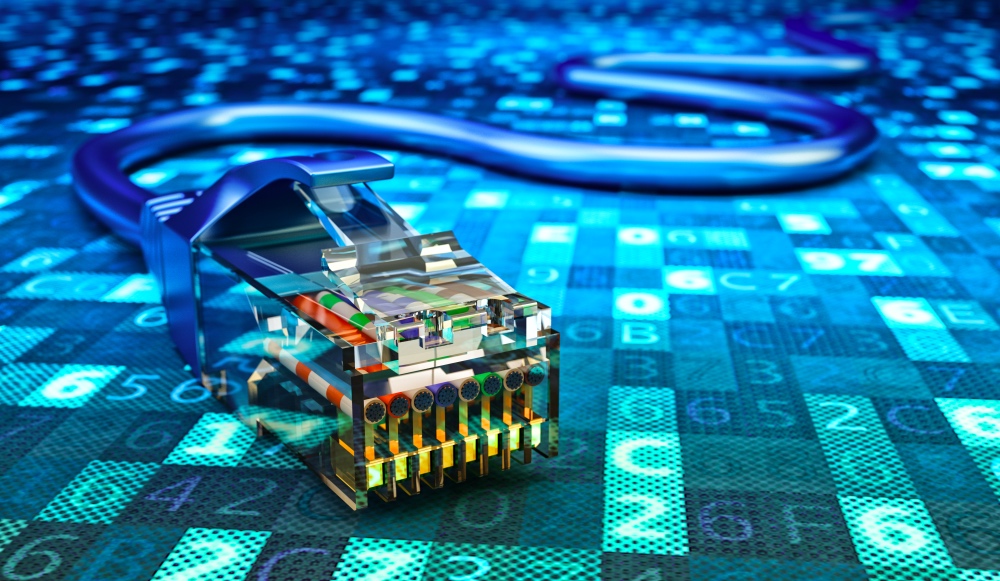From 400 Gbps to 800 Gbps
A recently published report by the Dell’Oro Group states that 400 Gbps is expected to comprise 20 percent of data center switching revenue by 2020. According to the research group, higher speeds – 100 Gbps, 200 Gbps, 400 Gbps and 800 Gbps – are all forecast to drive significant growth over the next five years. Perhaps not surprisingly, cloud data centers are expected to play a key role in the upcoming speed jump for networks (from 100 Gbps to 400 Gbps).

Meanwhile, a market report released by the 650 Group confirms that 200 Gbps, 400 Gbps and 800 Gbps will all ship in the next five years – with the latter projected to ramp early next decade.
“The first wave of 200 Gbps and 400 Gbps will hit the market in early 2018 as the Ethernet switch market expands the number of port speeds just three years since the last major set of technology advances,” says Alan Weckel, Founder and Technology Analyst at 650 Group. “Both 200 Gbps and 400 Gbps will emerge off of 50 Gbps SerDes technology announced in 2017. The rapid pace of innovation is led not only by impressive technology improvements, but by Software Defined Networks (SDN) which is enabling the cloud to better utilize the compute and networking resources at their disposal.”
Testing 400 Gbps, eyeing 1.6 Tbps
According to Ronen Isaac of Military Embedded Systems, the industry is currently testing and ratifying technologies that will bring speeds up to 400 Gbps and beyond.

“Between 2018 and 2020, 50 Gbps and 200 Gbps will be tested and adopted. Thousands of 25GbE servers and eventually 50GbE servers in hyper-scale data centers, such as cloud service providers, will drive the need for 400GbE to the metropolitan area networks (MAN) and wide area networks (WANs),” he says. “In the not-too-distant future, testing will begin on 200 Gbps, 8000 Gbps, and astonishingly data rate speeds of 1 Tbps and 1.6 Tbps with expected testing and ratification of the standards by the year 2020.”
Conclusion
Ethernet is quickly moving from 40Gbps to 100Gbps to 400Gbps, thereby spurring a number of new SerDes initiatives and developments. Indeed, 25Gbps SerDes served as the key enabler for 100Gbps Ethernet, with the industry expected to initially leverage 50Gbps SerDes for 400Gbps Ethernet before moving on to 100Gbps SerDes technology.

Concurrently, SerDes technology is shifting from NRZ to PAM4 as it accelerates from 25Gbps to 50Gbps. This has prompted a number of architectural changes, including the replacement of traditional analog with ADC + DSP to help meet performance targets and maintain a similar power/area envelope.
Interested in learning more about SerDes technology? You can download our eBook below.

